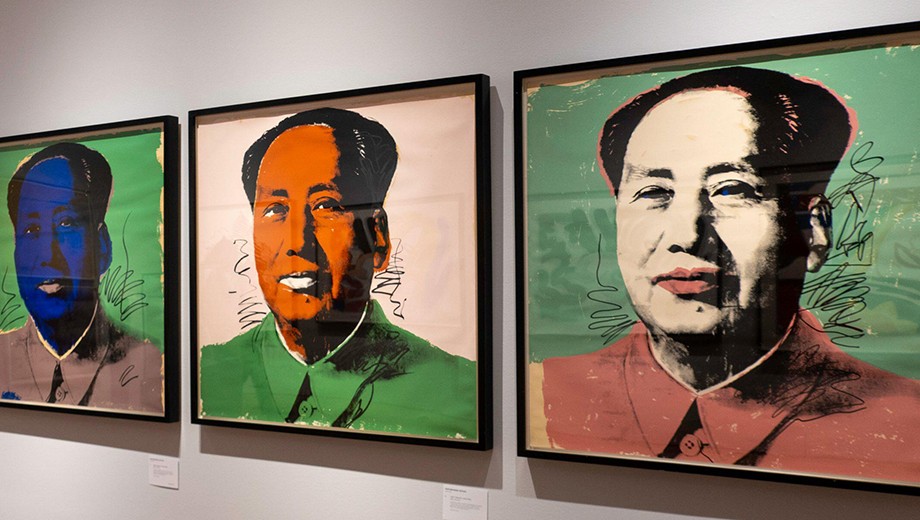Tableau spoke with Michael Bourdaghs, the Robert S. Ingersoll Professor in East Asian Languages and Civilizations, about Japanese popular music in the twentieth century. Here he discusses how Cold War music has traveled across geopolitical boundaries—and time.
My current project is in some ways a critique of my earlier book [Sayonara Amerika, Sayonara Nippon: A Geopolitical History of J-Pop, Columbia University Press, 2012], which was focused on the America-Japan relationship. I’m trying now to rethink Cold War Japan. Japan being in the first world is an important part of the Cold War, but Japan was also very active in the second world—the socialist bloc, with Japanese cultural figures moving back and forth between China, the Soviet Union, Eastern Europe—and the third world, sending its delegation to the Bandung Conference of African and Asian nations in 1955. To really understand Cold War culture in Japan, it’s important to see how Japan was simultaneously participating in all three worlds.
An interesting thing about popular music—and specifically during the Cold War in Asia—is that it misbehaves. When you look at popular music, you realize that the Iron Curtain was pretty porous. Songs, styles, and attitudes were circulating in ways they weren’t supposed to. In the volume I coedited [Sound Alignments: Popular Music in Asia’s Cold Wars, Duke University Press, 2021], I talk about how a cover version of a North Korean propaganda number [“Rimjingang”] became a hit in 1968 Japan. As soon as people figured out what it was, it was banned and withdrawn from the market. That, of course, turned it into a phantom song that everyone wanted. Every teenager in Japan needed to hear that song the minute they knew it was banned.
In Japan from the late 1950s to the mid-1960s, there was a huge boom in Russian folk songs. We had a PhD student who did his dissertation on this in the History department a few years ago, Jun Hee Lee [AM’14, PhD’20]. I sat on his dissertation committee and worked closely with him during his graduate career. In these specific cafés or bars, you just sit there and sing these songs with everyone in the group. There were also choral groups formed for formal performances, but for most people it’s just a fun night, like a version of karaoke. You would sing some songs and have some beer and have a good time. Russian folk songs, Russian political songs, other kinds of songs that circulated on the socialist bloc network were really popular in these pubs. There was a political message there, but there was also just a popular culture message.
That book was based on a conference that we held at the University of Chicago Center in Beijing. We invited colleagues from around the world to participate. We ended up going to a restaurant that featured a performance of Red songs, revolutionary ballads from the Cultural Revolution era. The menu was designed to be Cultural Revolution–specific food. The waiters all wore Mao suits. The restaurant was decorated with slogan posters from the Mao era. And then there was a performance of ballads on the stage while you ate.
We looked around us, and everyone else around us were these large multigenerational family groups—grandmothers and grandfathers standing up with their toddler grandchildren, showing them how to do the dance steps. It felt very kitschy. It was clear that the political content was almost completely meaningless at this point. These were the nostalgic tunes that people now in their 70s had listened to as teenagers, and they were excited to pass on their love of these ballads to children. We were witnessing this strange malleability of popular music. On the one hand it had been very, very political in 1964, 1965, 1967. But even when you drained all the politics out of it, which seemed to be what was happening, the emotional bond that the music had generated was still there.

